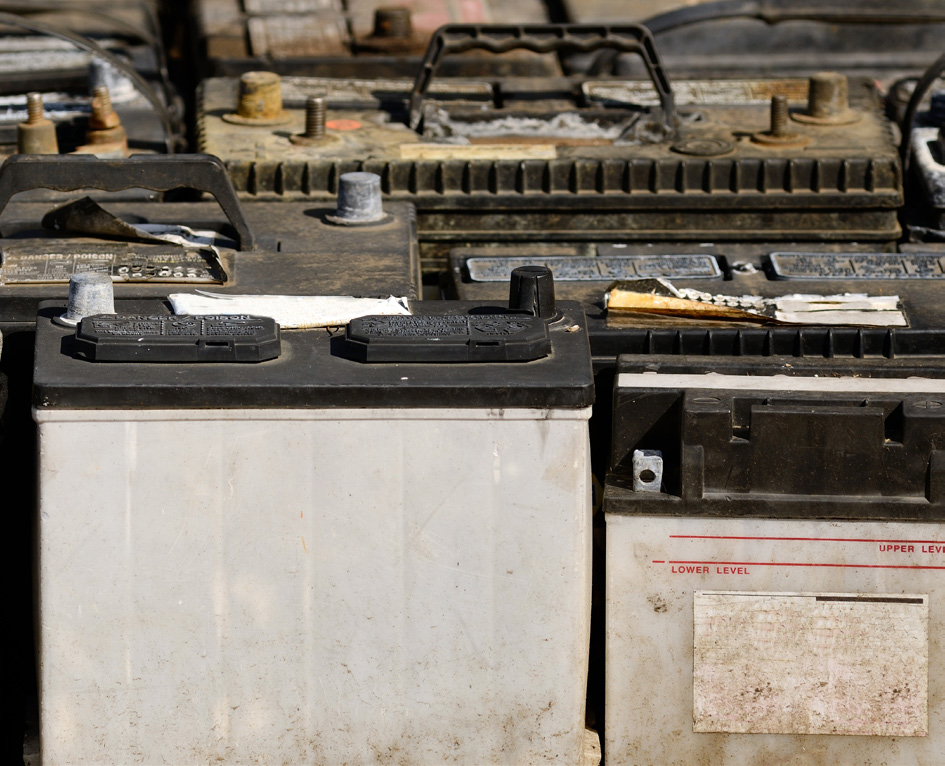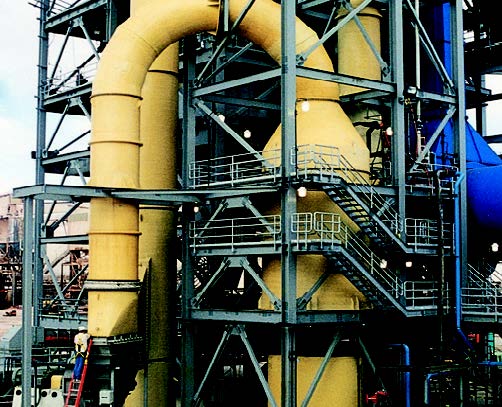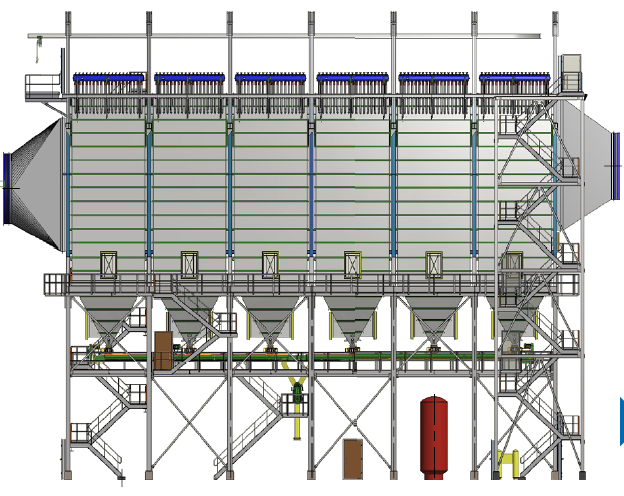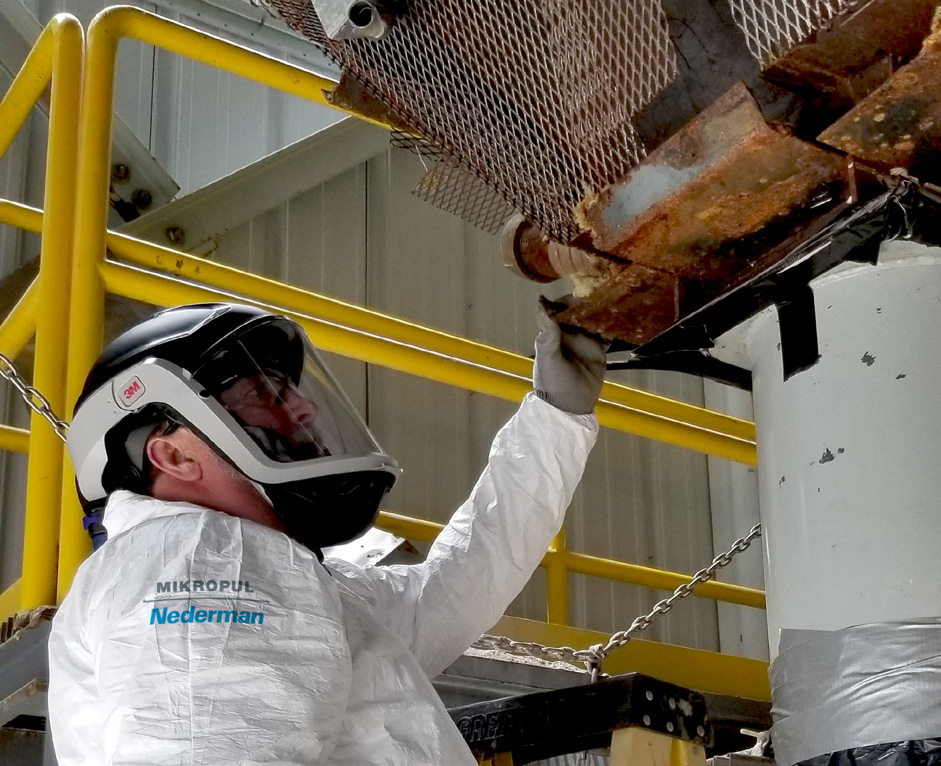Major Advances in Air Filtration for Lead
Plant-Wide Air Pollution Control
Throughout the process of dismantling lead-acid batteries, separating and smelting the lead, microscopic lead particles can be released. The effects of lead particles in the air is a physiological threat and therefore stringently regulated by appropriate national and regional laws and agencies.
The industry is standardizing on PTFE matrix filter media in process lead applications because of its superior loading and release properties. It must be noted that media choice is only part of the equation and overall filter/collector design needs to be closely controlled to secure the highest filtration standards.

Lead particles can be released during recycling processes
In the USA, permissible facility-wide lead levels in manufacturing or recycling plants are 0.2mg/m3. Other countries in the Americas, notably Mexico, are improving pollution control with a view to meeting identical levels as the USA by 2023.
To meet ever more stringent standards, it has been standard practice to include an in-line HEPA (High Efficiency Particulate Air) filter in the outlet duct from a typical dust collector.
One disadvantage to this approach is the regular replacement cycles required for HEPA filter media, requiring the entire filtration system be shut down for the exchange operation. Without the filtration system, the recycling or production has to be halted. Shutdowns to process filtration cost the business enormous amounts in lost production revenue.
A novel solution to the shutdown problem is to design a modular filter bank system.
Rather than a single bank of HEPA filters in the outlet ductwork, this design splits the HEPA filters into four or more equal banks that are attached to separate baghouse filter modules. A key issue is that the design must size the baghouse to be run with only 3 modules online. One of them can be isolated and maintained while the rest continue to operate. This results in very little down-time for the recycling operations.
In addition to this unique design aspect, a pulse-jet baghouse can include other significant, proven, timesaving technologies.
For example, the control system can determine the exact row that a broken filter bag is in. This allows for shorter down-time when replacing broken bags. Also, in-line particle detectors can indicate the exact location of a broken bag.

Wet Scrubbers - the preferred lead filtration solution
In several reference sites in across the world, these solutions have reduced maintenance costs and assured compliance.
Now, digital control capabilities and precise particulate sensors are being augmented by real-time remote monitoring. The main value of cloud-based data for lead operations is immediate reporting of non-compliance while retaining maximum uptime. Additionally, worker safety is enhanced by giving plant operations immediate oversight of key compliance information from anywhere; onsite or across the world.

Dust Collector designed to run without all modules online
Solving the process filtration problem is only one aspect of plant-wide compliance. For transport, breaking and storage areas it is just as important to capture lead particles. This is best achieved by Hi-vacuum source capture within the work area. Fortunately, these systems are easily designed, modeled and adapted to existing plant layouts and are flexible enough to meet expanded production demands.
Care should be taken to secure the safety of people and equipment during acid operations in the lead acid battery industry.

Real-time data focuses PM tasks
Wet scrubbers are the preferred solution to neutralizing acidic gas content. Care should be taken in scrubber design to optimize for particle size while reducing the maintenance footprint in a harsh environment.
Conclusion. Successful lead-acid battery recycling and manufacture requires a holistic approach to air filtration in order to sustain regulatory compliance and improve factory output, but these goals are in fact complementary. Only careful choices in overall system design and implementation will yield a consistent result. New technologies can assure compliance while reducing maintenance overheads.
Contact us to create your custom solution
Call us at: 704-859-2723 or fill out the form below.